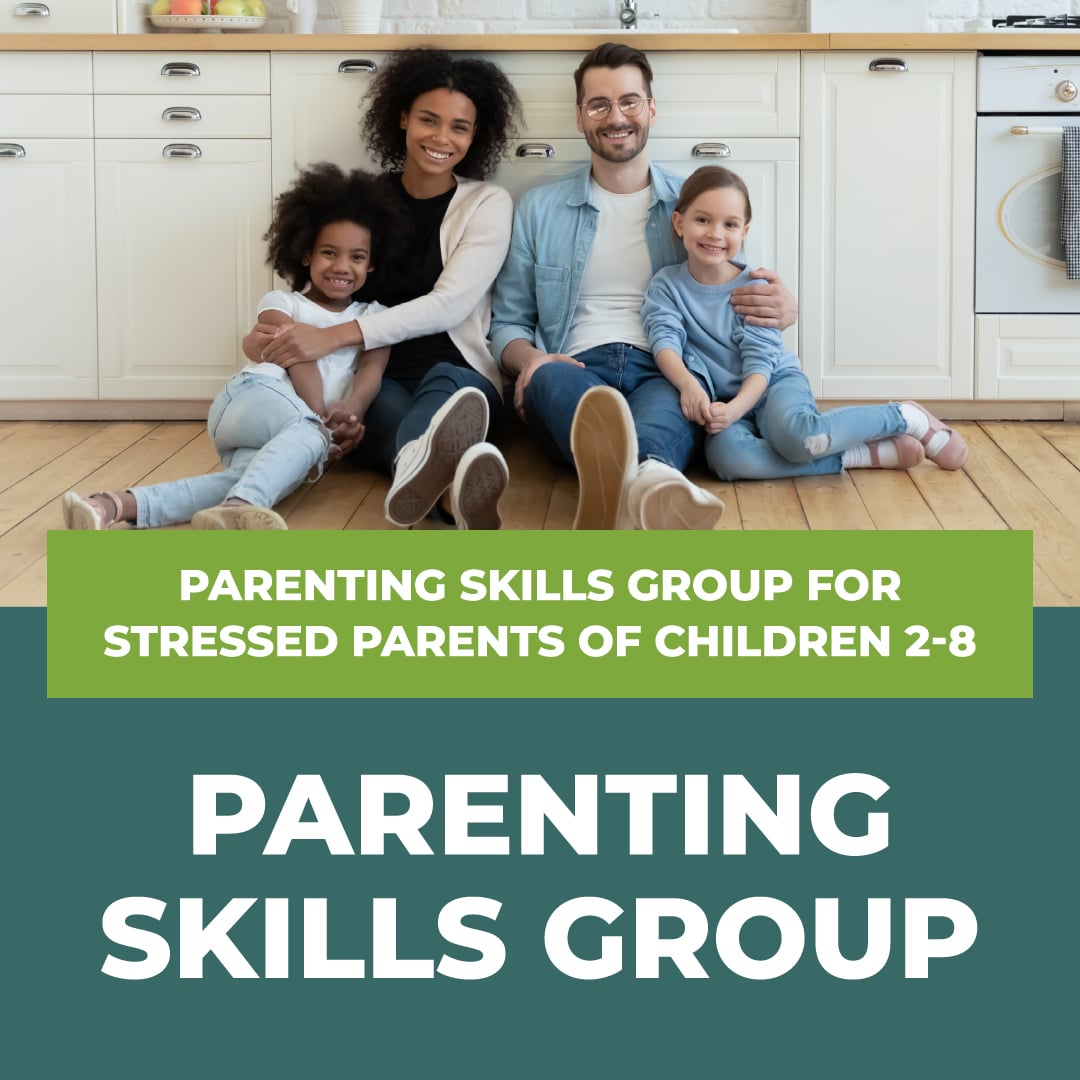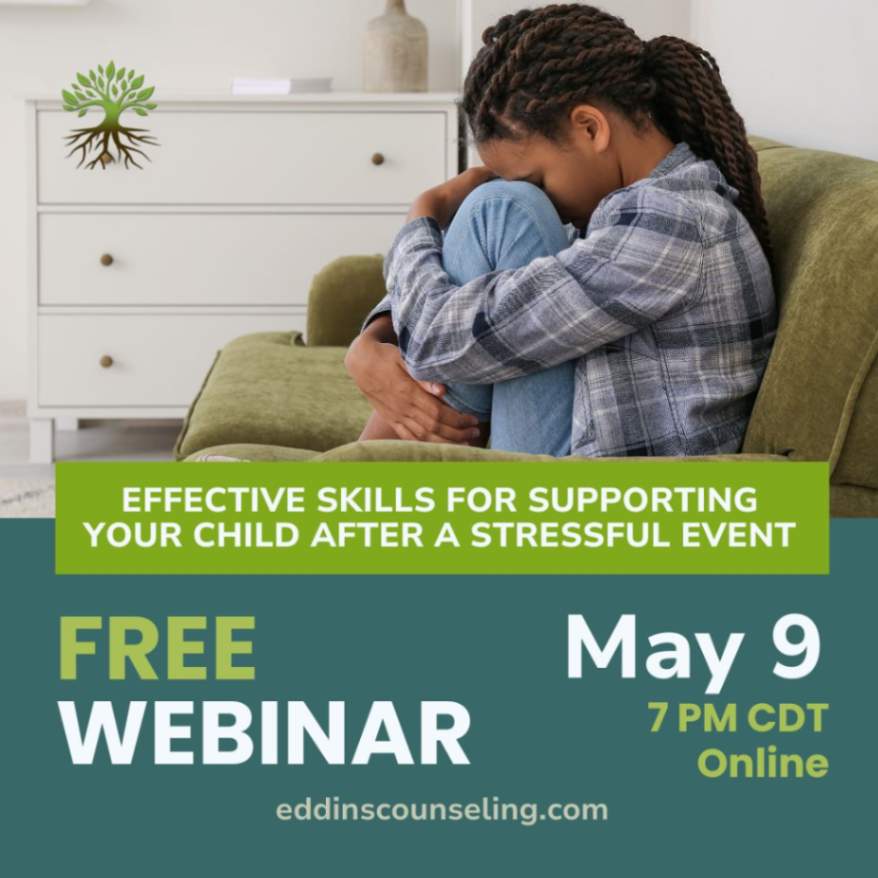December 17, 2021
What Self-Harm Is & How Self-Harm Happens
Written by Rachel Eddins
Posted in Emotional & Mental Health and with tags: emotional regulation
Not everything can be put into words.
For example, some people are dealing with conditions like anxiety or depression. Others may be trying to process painful feelings and memories.
They are overwhelmed by these factors and experiences. Articulating their emotions feels impossible. But, they discover, there is another way to express the turmoil they feel.
Self-harm (also called self-injury) is a blanket term for intentionally hurting yourself. The goals of such behavior may vary but often fall into general categories.
For example, invisible feelings are suddenly made visible. We’ll go into more reasons below but again, think of self-harm as a counterproductive form of release.
What is Self Harm?
Two possibilities are pulling out one’s hair and hitting or punching oneself. More commonly, self-injury involves doing harm to the skin. Skin-related self-harm includes:
- Picking at and reopening cuts or wounds that already exist
- Burning
- Using sharp objects to pierce or scratch the skin
- Using sharp objects to carve something into the skin
- Cutting
Self-harmers derive something from the act but soon that morphs into shame. They make marks where others will not see and avoid asking for help.
A common sign is when someone wears long sleeves and/or long pants — even in warm weather. Other physical signs to look for:
- The presence of sharp objects in a place of easy access
- Noticeable marks on the skin, e.g. burns, bruises, cuts, or scars
- The person rubs an area of exposed skin enough to create a burn
Self-harm can also manifest in emotional and behavioral symptoms. Individuals may struggle with creating sustainable relationships.
They may seem detached or unstable. Someone engaging in self-harm can also display impulsiveness and openly speak of feeling hopeless or worthless.
Unfortunately, it is precisely that sense of shame that can make them so proficient at hiding what’s going on.
Why Do People Self-Harm?
Everyone struggles with emotions from time to time. These experiences can be quite difficult to process.
People who self-harm have discovered an unhealthy coping mechanism. They know self-injury isn’t the solution but, in the short-term, it appears to serve the purpose.
What is this purpose? It can vary widely but commonly falls into some broad categories.
Five reasons why people self-harm:
1. Feeling Something
People who have reached the point of self-harm may be in a state of disconnectedness. They feel numb and experience dissociation.
Self-injury provides them with the chance to shift this emotional pain into something more palpable: physical pain, blood, scars, etc. This ability to feel something can feel like the pain or emotion is being processed.
2. Distraction
Burning oneself, for example, is a drastic way to distract yourself from the negative feelings, thoughts, and perceptions. It may also serve as a temporary escape from traumatic memories.
3. Control
So much in life is beyond our direct control. This is disconcerting and frightening. Self-harm may happen as a way of taking back some control. The person finally has something they can rely on.
4. Self-Punishment
As mentioned above, self-harm brings with it so much guilt, shame, and self-blame. It feels justified as a method of punishment.
5. Expression
You feel so much and think so much and have so much to say. But you’re scared or embarrassed or can’t find the words.
How to Cope When Self-Harm Has Been the Way You Cope
Self-harm gives “voice” to all that’s inside you. At the moment of self-injury, it can lessen the intense feelings and seem like it’s offering you some relief.
Every single person reading this is dealing with emotions. It’s a normal and inevitable part of life. But just because something is normal doesn’t mean it will be easy.
Feelings can be difficult and painful.
Read more about identifying feelings and understanding the purpose of emotions.
That’s why we come up with ways to cope with them. Healthy coping mechanisms can help relieve the discomfort. Such options manage emotions without causing harm in other ways.
However, for some folks, the pain is too much. They seek immediate relief and turn to self-injury. It becomes a counterproductive pattern. But it can be addressed. You can learn new and healthy ways to cope with emotions.
Other Strategies that Can Help
Self-harm is precisely what it sounds like. You are intentionally hurting yourself. In this case, the purpose is to process or express one’s emotions. Therefore, coping with self-harm means coping with the underlying causes. This is easier said than done because people who self-injure may come to rely on it as the only release they trust.
Start Journaling
This practice can serve a multitude of purposes. Let’s focus on a couple of them now:
- Name the problem: This may be your most important challenge. Use your journal to work through your feelings. Dig deep to discover what it is that causes you to harm yourself. Name that reason. Write it down and commit to managing it.
- Identify your reasons for stopping: Create a mission of sorts by writing out the reasons why you will stop the self-injury. What do you want to change and why? And by when?
- Name your emotions: What do you feel before you self-harm? What’s going on during and after the self-injury? Get in touch with your needs and motivations.
- Discover healthy alternatives: Once you’ve identified those needs and motivations, come up with other ways to satisfy them. Self-harm might be what makes you fully feel something. Perhaps that same sense of connectedness could be attained in a martial arts or dance class.
Find our journaling exercises here.
Explore Other Options For Expressing Yourself
Following up on the last bulleted item above, tap into your creativity! There is so much research demonstrating the power of art when it comes to processing emotions. Entire disciplines (art therapy) have been constructed toward that end. And remember, it’s not always about being “good” at whatever art form you choose. It’s a process, not a destination.
Meditation
It may feel like meditation is the catch-all solution to every problem. This is because centering yourself in the moment is indeed so, so powerful. When the walls feel like they’re closing in, you don’t have to hurt yourself. You can instead embrace the present and just breathe.
Try our mindfulness and self-compassion journal exercises.
Create a Support System
Even one trusted friend can be enough. Let someone know you need support. You don’t have to reveal all the specifics right away. Do that at your own pace. What matters, for starters, is saying the words. Tell someone you feel overwhelmed or disconnected or hopeless. You may be surprised at how liberating it is to take this step.
Speaking of Support Systems…
Whether or not you choose to confide in a friend or family member, you do have another powerful option. Reach out to a skilled professional. Self-harm is not just a “phase.” It is nothing to be taken lightly. The self-help steps above are essential and empowering. Even more crucial is getting the long-term help you really need.
You can heal and recover. You can find healthy coping mechanisms to guide you as you move forward.
If you or someone you know is engaging in self-harm, it must be addressed as soon as possible. Reach out today. Consider emotional health counseling.
5 Ways to Help Support a Loved One that Self-Harms
We all want to support our loved ones. However, contrary to pop culture portrayals, this is not always as simple as it looks. Depending on what a person is struggling with, they might still be hard to reach with our help.
For example, people who self-harm are often secretive and ashamed. They are not looking for anyone to shine a light on their behavior.
But there’s good news. You absolutely can aid those who self-injure. Frequently, they very much want your support. It just requires some specific types of approaches.
Let’s explore some productive ways to be there for your loved one in need.
3 Supportive Don’ts for a Loved One that Self-Harms
Don’t Invalidate
It’s tempting to offer sentiments like, “Things will get better” or “It’s not that bad.” Your intentions may be good but this will come off as minimizing. You will not gain their trust this way.
Don’t Be a Voyeur
You absolutely do not need to see scars or ask for details. Maintain respect and discretion.
Don’t Bargain
Your loved one is not going to stop in exchange for a “reward.” They’re also not going to stop as a result of a threat. Self-harm is not a matter of willpower.
5 Ways to Help & Support a Loved One that Self-Harms
1. Find Out What They Want and Need
Be careful with your assumptions. Ask your loved one if they’d like help. If so, ask them for some guidance as to how you can be effective.
Don’t swoop in like a superhero. They know a lot more about their condition and mindset than you. However, if you have reason to believe they are in danger, you can reach out to a professional on your own.
2. Commit to Being There
Sometimes, the best help you can provide is your presence. Paying attention is a profound gift. Avoid offering unsolicited advice and just be with them.
At first, they may want to be with you without even mentioning the self-harm. Show them that you are there for them without judgment.
3. Stay Patient
It can feel frustrating to not understand what they are thinking. You may never comprehend the “why.” If you stay patient, you may earn their trust, learn more, and make an incredible difference in their life.
Avoid setting timetables or agendas.
4. Set Boundaries
Consciously decide for yourself what your level of involvement can and will be. Then articulate these boundaries to your loved one. They will appreciate knowing what you can and cannot do for them.
5. Offer to Assist Them in Finding Professional Help
Self-harming cannot be “fixed” by even the most compassionate friend. That said, you can be the catalyst for getting them into therapy. Be clear with them. You’re happy to help but you cannot do it alone. Most likely, you’ll encounter some resistance at first. You can try some gentle approaches, e.g.
- Don’t frame the therapy suggestion as a long-term commitment. Taking the first step is the important part. And making sure there is a good fit is essential.
- Or maybe group therapy could be a more palatable entry point. DBT skills groups are excellent for helping with self-harm behaviors.
- Tell them about people you personally know who have benefitted from counseling. Perhaps even you have gone to therapy. Share these hopeful stories.
Therapy Can Be the Path to Healing
If someone you know and love is struggling with self-harm, we admire and respect your desire to help. At Eddins Counseling Group, we have experience working with such clients and would be happy to speak with you about them.
Together, we can take steps to get your friend or family member the treatment they need in order to recover. Reach out today and let’s get the recovery process started.
Next Steps
If you or someone you know is engaging in self-harm, it must be addressed as soon as possible. Reach out today. Consider emotional health counseling.
Reach out below for help. You can view all our services online. To get started now give us a call to schedule an appointment at 832-843-1555 or schedule an appointment online. Together we can create a plan for you to reach your goals.
Grounding & Self Soothing
Get instant access to your free ebook.
Why You Feel This Way
Get instant access to your free ebook.























